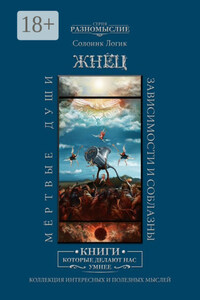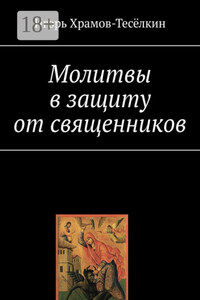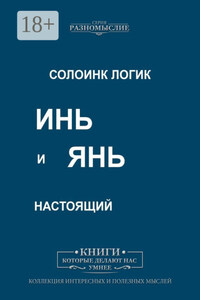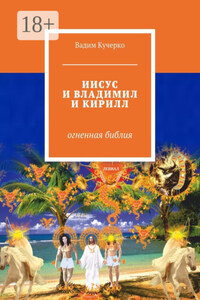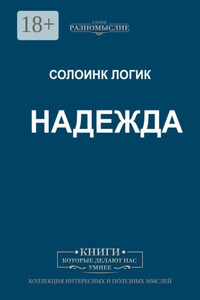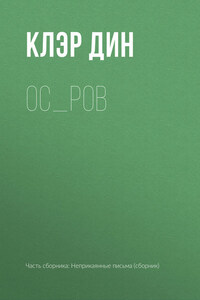María Isabel Pedrera Pérez, better known as MAGA BETH, was born in Barcelona on February 9, 1970.
With an inherited profession, her grandmother and great grandmother introduced her in the world of High Magic; she showed, at an early age, a preference towards esotericism.
María Isabel attended basic and high school education and completed higher education with a diploma in Infant Education and Childcare, specialising her studies with the following courses:
–Educator for people with learning difficulties – Autism.
–Special needs – Dyslexia.
–Stimulation and development in education with disabilities.
–Psychopathic disorders in childhood.
–Speech Therapy.
–The teacher in school failure.
–Music therapy.
–Movement and play in the teaching practice.
She combined both studies and also specialised in parapsychology, hypnosis, occultism and astrology; and completed a Master in Quality Control and Environment.
As a good Aquarius, her restless soul led her to continue gaining experience but this time in the natural world, and earned a diploma in Naturopathy, Bach Flowers Remedies, Schüssler Salts, Dietetics and Nutrition, Lymphatic Drainage, Reflexology and Chiromassage.
María Isabel is the author of several books:
–El mágico mundo de las pirámides- Piramidología práctica y esotérica.
–Runas, símbolos mágicos.
–Diccionario de santería.
–Eshú y Pomba Gira, más allá del bien y del mal.
–The Great Secret of Holy Death
Throughout these years, María Isabel has collaborated in several radio programmes and esoteric fairs, has given lectures and conferences, and many Tarot, Runes and High Magic courses; and also participated in the First Congress of Mediums held in Spain.
Currently, she continues working in different fields spreading her knowledge.
Contact:
Web
Instagram
Linkedin
Facebook
Twitter
Chapter 1 – what is eshu? Where does eshu come from?
![]()
There are so many definitions of Eshu that it is difficult to say which one is the most accurate. I personally believe they all are since every definition gives us a different point of view, but the information remains the same.
For some people Eshu is a naughty mischief-maker who creates confusion, has fun making people get stuck in nonsense, and enjoys scattering ideas and things. Eshu can really make you lose your nerve in a short period of time. For others, Eshu is a Machiavellian entity whose actions are only used for evil. Years and years of lack of information and a narrow-minded religious point of view, together with an absurd syncretism have disfigured the figure of Eshu.
Eshu is part of the tradition of the Afro-Brazilian cults, an ancient religion transmitted by mouth of word. These cults finally divided into:
– Umbanda
– Quimbanda
Eshu is in both.
I will explain the differences between Quimbanda and Umbanda in another chapter.
The origin of Quimbanda dates back to the19th century with ancient Macumba, a mixture of cults from Angola, Congo and Candomblé-de-caboclo. Years later, Macumba included Kardecist Spiritism and Occultism and became sorcery: this was then called Umbanda, while ancient Macumba was called Quimbanda.
These African cults underwent many changes and to make a review of all of them would be too long. Therefore, I will only explain the most relevant and strongest cults.
I will summarise these in 7 periods:
1- There were two main cults: the indigenous cults before the discovery of Brazil (indigenous religions and those of the Amazonian tribes) and the Portuguese European cults that arrived to Brazil, i.e., popular Catholicism and Kardecism. The mixture of both lead to Pajelanza.
2- The Afro-Brazilian cults from the North were called Candomblé and those from the South Batuques.
The Portuguese used these words to describe black people’s reunions. The government allowed these meetings to keep them busy and so that they would cause no problems. During the 19th century they divided into Sudanese and Bantu. The Sudanese integrated by the Angolan gave origin to the Menina.
3- Nagôs prevailed over the others: their Orishas, language and rituals reached very far. Together with Pajelanza they originated Candomblé-de-Caboclo in Bahia.
The combination of Angola Congo and Pajelanza gave rise to the Catimbó in the Northwest and in the North.
4- Nagôs are Muzurumlin, the Angola Congo and the Candomblé-de-Caboclo gave rise to the ancient Macumba, which later became sorcery.
5- Ancient Macumba together with Catholicism, Occultism and the Kardecist Spirit gave rise to a new religion: Umbanda.
Ancient Macumba transformed into a cult to Eshu and Quimbanda arose in Rio de Janeiro.
6- The cult to Eshu evolved and adapted different ceremonies and rituals from Candomblé, Batuque and Quimbanda.
7- In Brazil there are currently two types of Umbanda, the one from Angola combined with Candomblé: Omolocô, and the one from the South that approaches Batuque and is the crossed Umbanda.
On 16th November 1908 a new religion was born which was adopted by nearly everybody: Umbanda.
Quimbanda welcomed the influence that the Batu from Angola, Congo and Mozambique left in America. Quimbanda was based on Eshu, the element of nature that is part of a whole.

